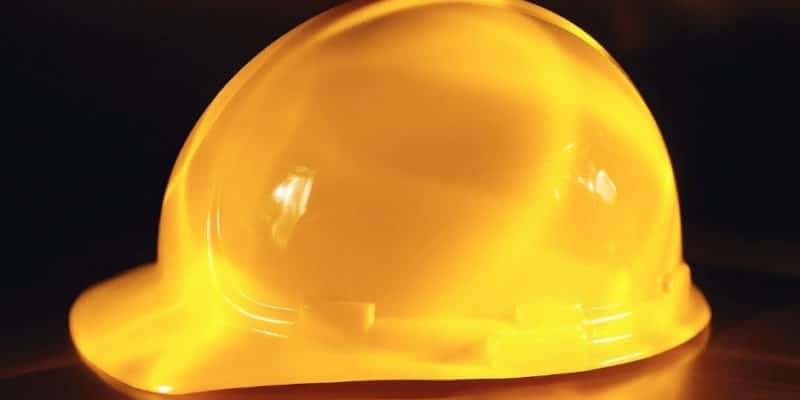Posted June 26, 2018 06:10 am
By Dave Reaves
Have you ever had a bad day at work? It happens to all of us once in a while. Back in the days before organized labor and higher work standards people suffered at their jobs because of unsafe conditions, long hours, no training and poor benefits. Workers got hurt and were literally thrown out into the gutters, lost jobs with no notice, and had no pensions after years of toiling away.
As a nation, we’ve come a long way since the 1800s, but the effort to preserve workers’ rights is constant. Decent jobs with fair wages and benefits provide stability to our communities over the long haul. I am talking about our spouses, children, relatives and friends, people who contribute to the local economy every day.
Occasionally I hear people say, “unions were important years ago, but we just don’t need them anymore.” I couldn’t disagree more. Decades ago, when unions were at their peak, many more Americans had good pensions, good employer health care, job security and living wages. Unions have been at the forefront of every economic justice issue in America for the last 100 years: Medicare, Social Security, workers’ compensation laws, minimum wage and overtime laws, worker safety laws, and much more.
Unions have been the strongest – and often the only – counterbalance to the extraordinary attacks we’ve seen on the middle class. But after decades of unrelenting attacks on unions by the rich and powerful, those things we used to consider fundamental to the American dream are increasingly rare. These attacks on unions have unfortunately been quite successful, and the results have been all too predictable: a massive transfer of money from the middle class and poor to the top 1 percent. Think about this staggering fact: the Walton family, which owns Wal-Mart, controls a fortune equal to the wealth of the bottom 42 percent of Americans combined.
…
Dave Reaves is the business manager for Local 1547. IBEW Local 1547 represents more than 4,000 workers in the state of Alaska.

